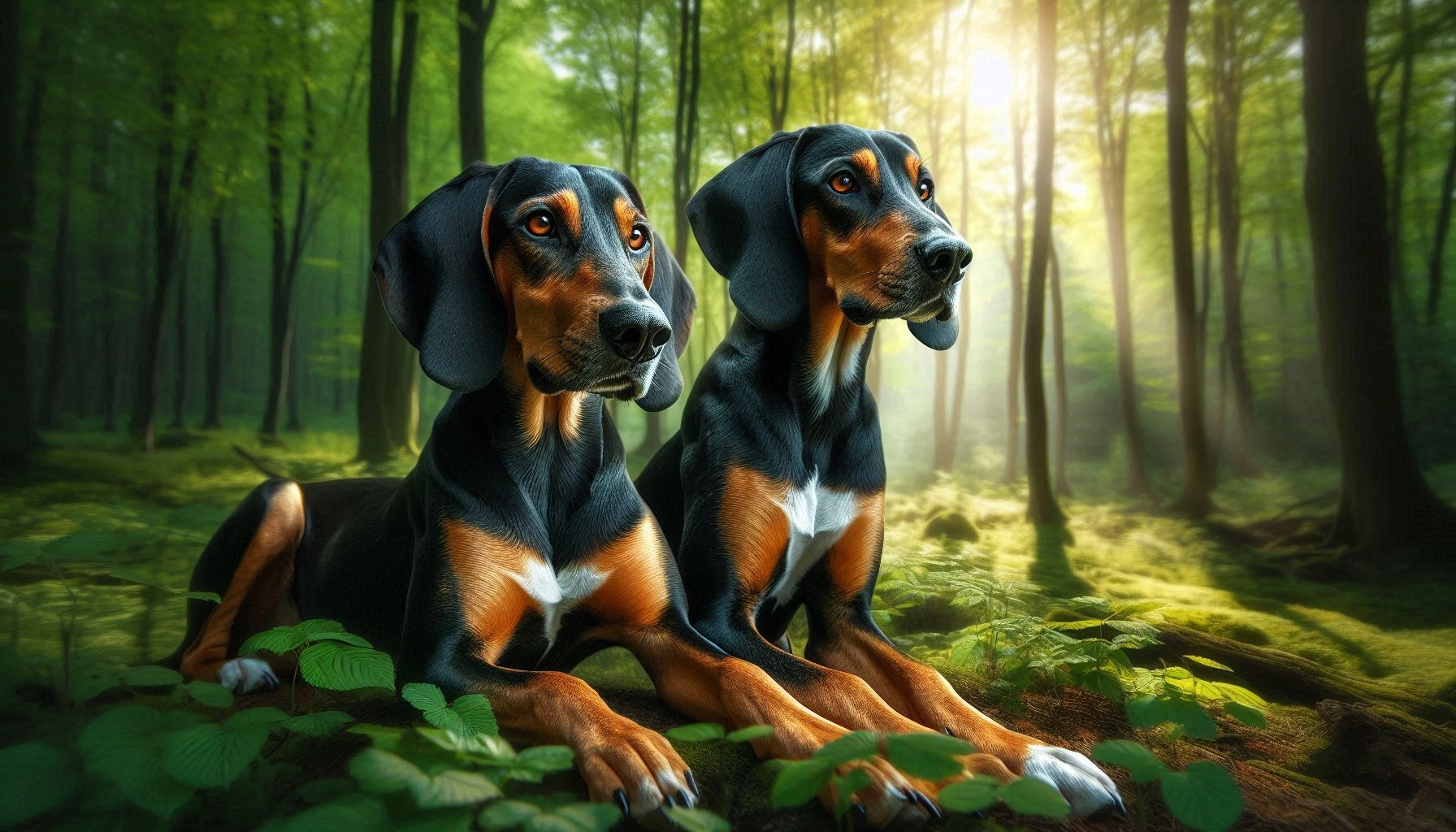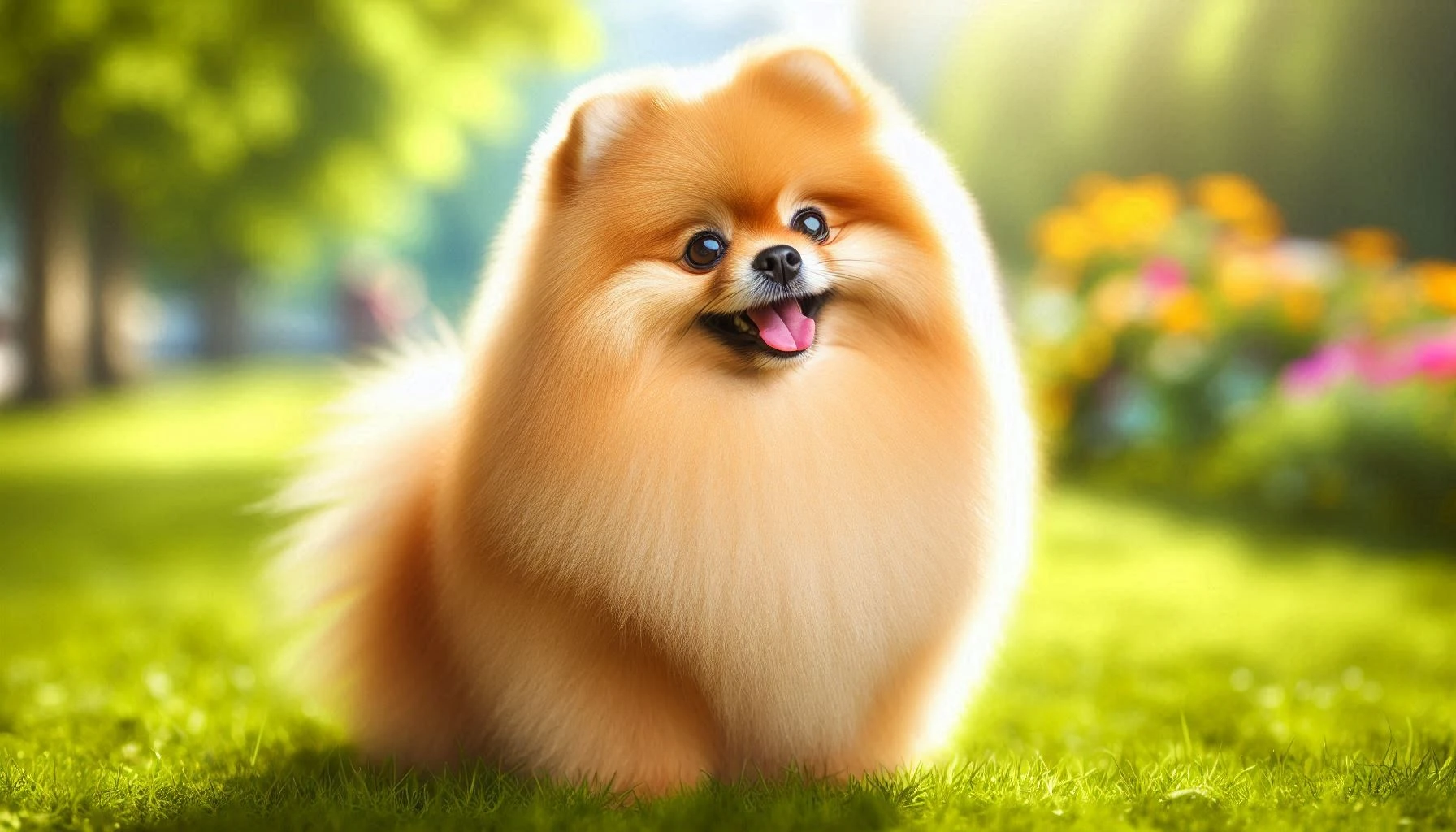Table of Contents
Polish Lowland Sheepdog Breed
The Polish Lowland Sheepdog, also known as the PON (Polski Owczarek Nizinny), is a charming and intelligent dog breed that has captured the hearts of many dog enthusiasts worldwide. Known for its distinctive shaggy coat, lively personality, and herding prowess, the Polish Lowland Sheepdog stands out as a versatile and affectionate companion. Whether you are an active individual seeking an energetic partner or a family in search of a loyal and gentle pet, the PON might just be the perfect addition to your household.
History and Origin
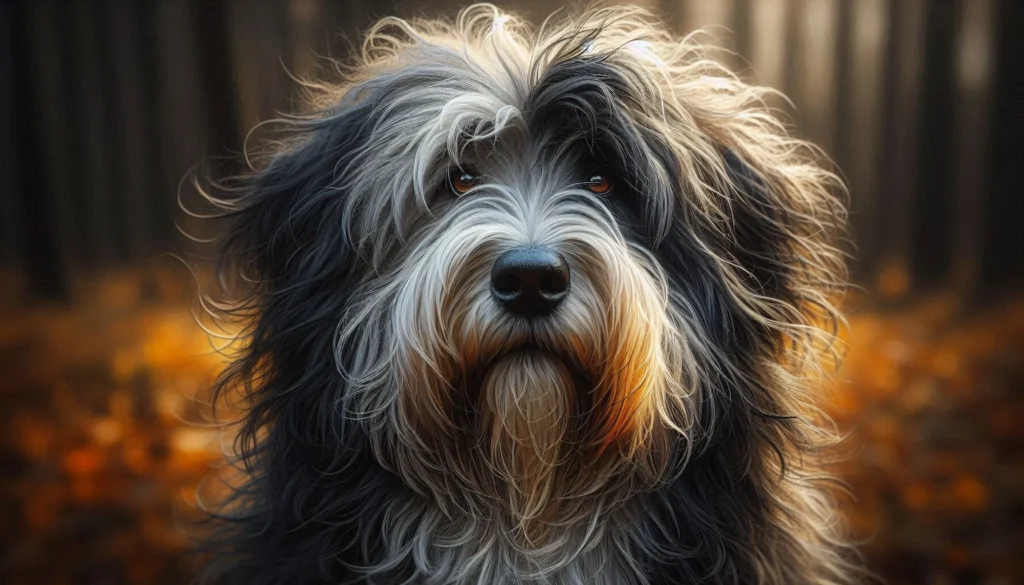
The Polish Lowland Sheepdog boasts a rich history that dates back to the Middle Ages. Originating from Poland, this breed was primarily developed for herding and guarding livestock. Its ancestors include the ancient herding dogs from Central Asia, which were brought to Europe by nomadic tribes. Over the centuries, these dogs adapted to the Polish landscape, becoming invaluable assets to shepherds.
One of the most interesting historical facts about the Polish Lowland Sheepdog is its contribution to the development of other well-known breeds. For instance, when Valache herders brought their sheepdogs to Scotland, they crossbred with local sheepdogs, contributing to the gene pool of the Bearded Collie. Despite its ancient lineage, the breed faced near extinction during World War II, but dedicated breeders worked tirelessly to revive it. Today, the Polish Lowland Sheepdog enjoys recognition from major kennel clubs and continues to thrive both as a working dog and a beloved pet.
Physical Characteristics
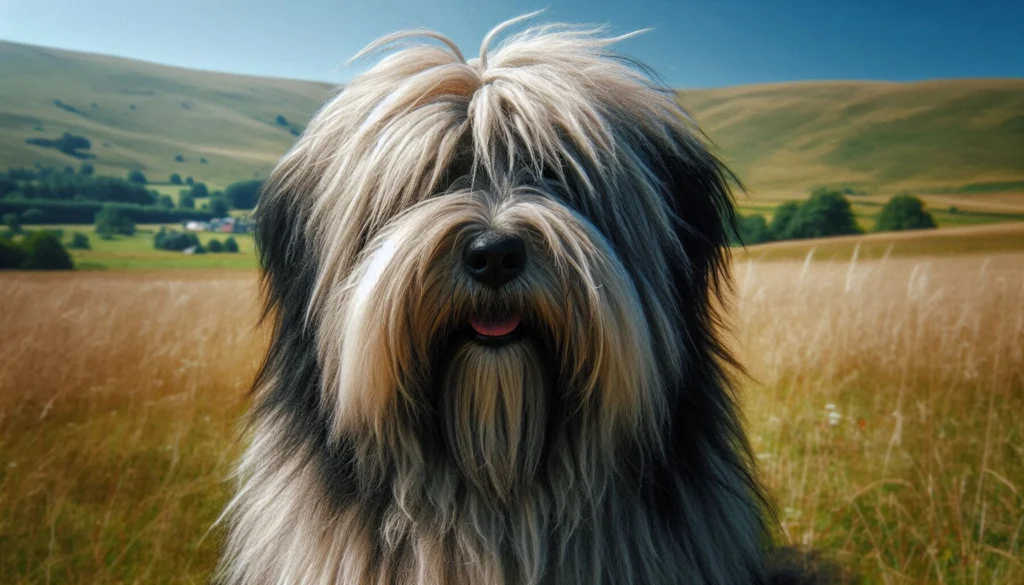
The Polish Lowland Sheepdog is a medium-sized dog with a robust and muscular build. Males typically stand between 18 to 20 inches tall at the shoulder, while females are slightly smaller, ranging from 17 to 19 inches. Their weight usually falls between 30 to 50 pounds, depending on their diet and activity level.
One of the breed’s most distinctive features is its thick, shaggy double coat. The outer coat is long, dense, and wavy, while the undercoat is soft and insulating. This luxurious coat helps protect the dog from harsh weather conditions, making it well-suited for outdoor activities. The coat comes in various colors, including white, gray, black, brown, and a combination of these shades.
The Polish Lowland Sheepdog has a broad head with a well-defined stop, medium-sized oval eyes that exude a keen and alert expression, and ears that are set moderately high and covered with long hair. Their tail is typically docked in countries where the practice is still legal, although natural tails are becoming increasingly common and accepted.
Temperament and Personality
The Polish Lowland Sheepdog is known for its lively, intelligent, and affectionate nature. This breed is highly adaptable and can thrive in various living environments, provided it receives adequate mental and physical stimulation. PONs are loyal and form strong bonds with their families, often displaying a protective instinct towards their loved ones.
When it comes to interaction with people, Polish Lowland Sheepdogs are generally friendly and sociable. They are known to be good with children, displaying patience and playfulness. However, due to their herding heritage, they may occasionally try to herd small children or other pets. Early socialization and training can help mitigate this behavior.
PONs also get along well with other animals, particularly if they are raised together from a young age. Their herding instincts can sometimes lead to attempts at bossing around smaller pets, but with proper training, they can coexist peacefully.
Health and Lifespan
The Polish Lowland Sheepdog is a relatively healthy breed, with a lifespan ranging from 12 to 15 years. However, like all breeds, they are prone to certain health issues that potential owners should be aware of. Common health concerns for this breed include:
- Hip Dysplasia: This genetic condition affects the hip joints and can lead to arthritis and mobility issues. Regular veterinary check-ups and maintaining a healthy weight can help manage this condition.
- Progressive Retinal Atrophy (PRA): This is an inherited eye disorder that can lead to vision loss. Responsible breeders perform genetic testing to reduce the risk of PRA in their breeding lines.
- Hypothyroidism: This condition occurs when the thyroid gland does not produce enough hormones, leading to symptoms such as weight gain and lethargy. It can be managed with medication and regular blood tests.
To keep your Polish Lowland Sheepdog healthy, it is essential to provide regular exercise, a balanced diet, and routine veterinary care. Regular grooming and dental hygiene are also important aspects of their overall well-being.
Care and Grooming
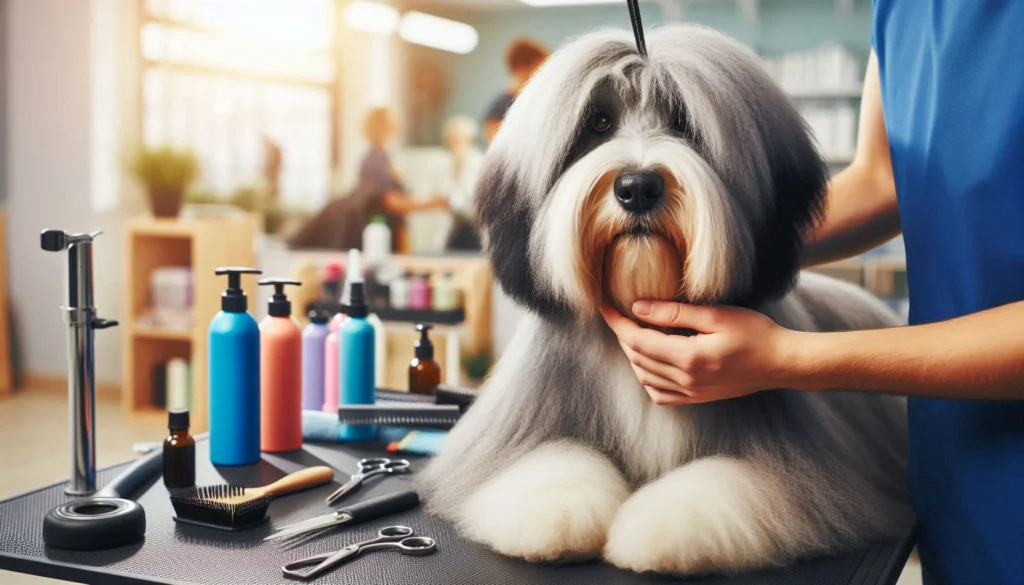
Caring for a Polish Lowland Sheepdog requires a commitment to regular grooming and maintenance. Their thick, double coat needs to be brushed at least two to three times a week to prevent matting and tangling. During shedding seasons, more frequent brushing may be necessary to manage the excess hair.
Bathing should be done as needed, typically every few months, unless the dog becomes particularly dirty. It is essential to use a dog-specific shampoo to avoid drying out their skin. Additionally, keeping the ears clean and dry can help prevent infections.
Exercise is crucial for this active breed. Polish Lowland Sheepdogs thrive on activities that challenge both their physical and mental abilities. Daily walks, playtime, and interactive games like fetch or agility training are excellent ways to keep them engaged. Herding trials and obedience competitions can also provide an outlet for their natural instincts.
Dietary recommendations for the Polish Lowland Sheepdog include high-quality dog food that meets their nutritional needs. Portion control is important to prevent obesity, especially if the dog is not as active. Fresh water should always be available to keep them hydrated.
Training and Socialization
Training a Polish Lowland Sheepdog can be a rewarding experience, given their intelligence and eagerness to please. However, their independent nature and occasional stubbornness can present challenges. Consistency, positive reinforcement, and patience are key to successful training.
Early socialization is crucial for Polish Lowland Sheepdogs. Exposing them to various people, environments, and other animals at a young age helps them develop into well-rounded adults. Puppy classes and regular outings can aid in this process.
House training and basic obedience commands should be introduced early. PONs respond well to reward-based training methods, such as treats and praise. Avoid harsh or punitive techniques, as they can lead to fear and anxiety.
Suitability as a Family Pet
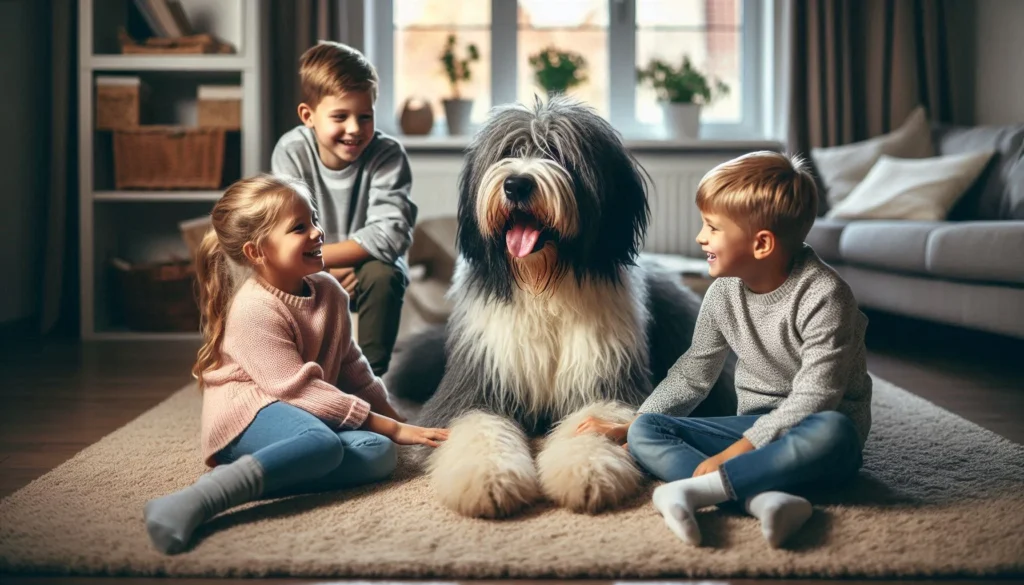
The Polish Lowland Sheepdog can be an excellent family pet, provided its needs are met. This breed is well-suited for families with an active lifestyle, as they require ample exercise and mental stimulation. They are known to be gentle and patient with children, making them ideal companions for families with kids.
When considering a Polish Lowland Sheepdog, it’s important to assess your living environment. While they can adapt to apartment living, they thrive in homes with a secure yard where they can run and play. Regular exercise and mental challenges are essential to prevent boredom and destructive behavior.
Fun Facts and Trivia
- Versatile Workers: Besides herding, Polish Lowland Sheepdogs have excelled in various roles, including therapy dogs, search and rescue, and obedience competitions.
- Royal Connections: The breed has a history of being favored by Polish nobility, who prized their loyalty and intelligence.
- Movie Star: The Polish Lowland Sheepdog has made appearances in several films and TV shows, showcasing their charming looks and endearing personality.
Similar Dog Breeds

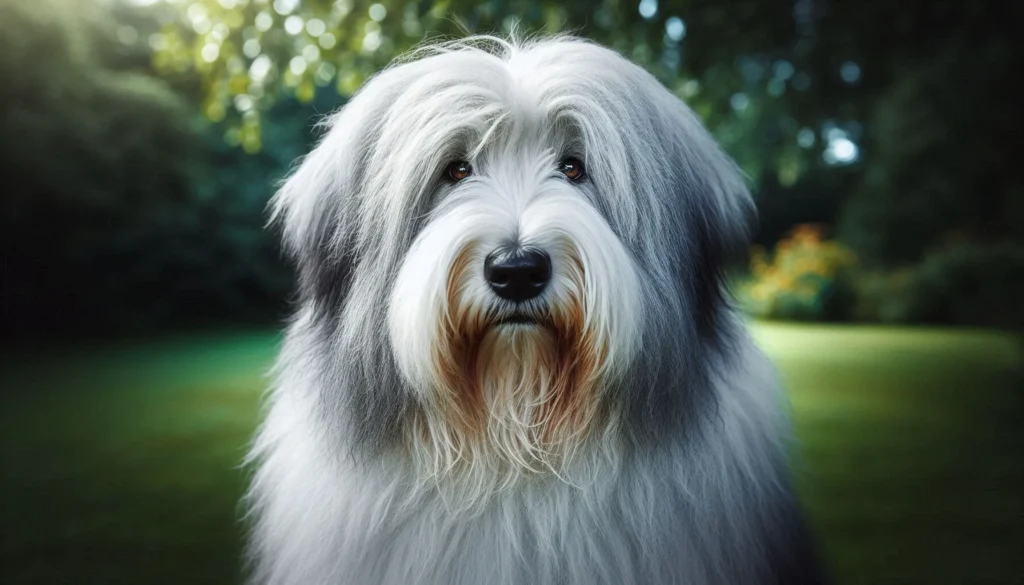

- Bearded Collie: Like the Polish Lowland Sheepdog, the Bearded Collie has a shaggy coat and a lively, intelligent personality. They are also known for their herding abilities and make great family pets.
- Old English Sheepdog: This breed shares the PON’s herding background and distinctive coat. Old English Sheepdogs are larger but equally affectionate and loyal.
- Briard: The Briard is another herding breed with a similar appearance and temperament. Known for their loyalty and protective nature, Briards are excellent companions for active families.
Conclusion
The Polish Lowland Sheepdog is a delightful and versatile breed that brings joy and companionship to many households. With their intelligence, affectionate nature, and lively personality, they make wonderful family pets and loyal working dogs. By understanding their history, physical characteristics, and care requirements, potential owners can ensure a fulfilling and happy life for their Polish Lowland Sheepdog.
FAQ
Is the Polish Lowland Sheepdog a dangerous dog?
No, the Polish Lowland Sheepdog is not considered a dangerous breed. They are known for their friendly and sociable nature. However, like all dogs, proper training and socialization are essential to ensure good behavior.
Is the Polish Lowland Sheepdog the best guard dog to protect you or your family?
While Polish Lowland Sheepdogs are protective and alert, they are not typically used as guard dogs. Their primary role has been herding and companionship. For dedicated guard dog duties, breeds like the German Shepherd or Rottweiler may be more suitable.
